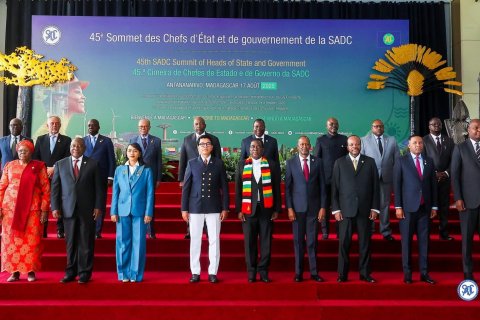After Luanda, three other provinces stand out, namely Huíla, Cuanza Sul and Benguela, with 5901, 5143 and 2087 jobs, respectively.
According to the data in the memorandum, cited by Jornal de Angola, the remaining provinces have a representation of less than three percent.
On a monthly basis, the average number of jobs generated corresponds to 18,872, with an average growth rate per month of around nine percent.
The data, cited by Jornal de Angola, also reveal that the 'weakest' month was February, while the 'strongest' was May. In other words, February recorded the minimum number of jobs (15,736 jobs), while the maximum was recorded in May (27,059 jobs).
In the first half of this year, in terms of total employment, across the 17 sectors, the highlight was 'Other Social and Personal Collective Service Activities', with 35,505 jobs. 'Commerce' (17,583) and 'Real Estate, Rental and Business Services' (12,008) also stood out, with these three sectors together accounting for 58 percent of the total jobs created.
According to the data, almost all new jobs (95 percent) are for employees, with seven out of every 10 jobs being for men and three for women.
According to information from the National Statistics Institute (INE) from the second half of the year, it is estimated that there are more than 17 million people of working age, of which more than 12 million are employed.
It should also be noted that approximately 79.7 percent of workers are informal workers, while the other 20.2 percent are state employees.
The document, cited by Jornal de Angola, also highlights that the country's population is growing at an annual rate of 3.16 percent, and is expected to reach 54 million by 2040, "due to the fact that the birth rate is higher than the death rate, although both are in decline".







